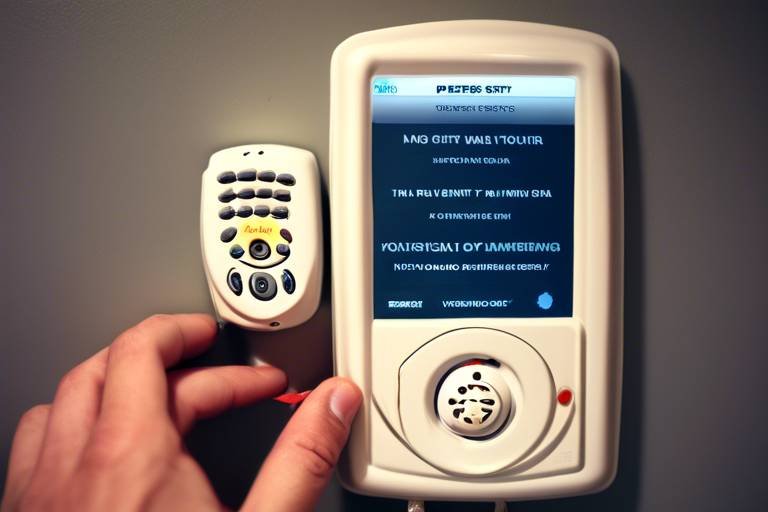First-time Home Buyers: Safety Checklist
Buying your first home is like stepping onto a thrilling roller coaster ride—exciting yet a bit scary! You’re not just investing your hard-earned money; you’re also committing to a place where you’ll create memories, build your future, and, most importantly, feel safe. This article provides essential safety tips for first-time home buyers, ensuring they make informed decisions during their property search and purchase process. From understanding local safety standards to evaluating neighborhood security, we’ll cover everything you need to know to navigate this journey with confidence.
When it comes to home safety, knowledge is power! Familiarizing yourself with local home safety standards can help you identify properties that meet essential safety requirements and avoid potential hazards. Each state or municipality may have different regulations, so it’s crucial to do your homework. Think of it as your safety net—knowing what’s required can save you from unpleasant surprises down the line. For example, some areas might require smoke detectors in every bedroom, while others might have specific regulations regarding electrical wiring or plumbing. By understanding these standards, you’ll be better equipped to assess whether a home is truly safe or if it needs some work.
Assessing the safety of a neighborhood is crucial for first-time buyers. After all, your new home is not just about the four walls; it’s about the community you’re stepping into. This section outlines how to research crime rates and community resources to ensure a secure living environment. Imagine moving into a neighborhood where you feel comfortable taking evening strolls or letting your kids play outside—this is the peace of mind every buyer deserves!
Accessing local crime statistics can provide insights into the safety of a neighborhood, helping buyers make informed decisions about their future home. Websites like NeighborhoodScout or local police department websites often publish crime reports that can help paint a clearer picture of the area. By checking these statistics, you can identify trends and potential red flags. For instance, if you notice a spike in burglaries in a particular area, it might be worth reconsidering that charming little house on the corner!
Numerous online platforms offer crime data and neighborhood reviews, making it easier for buyers to evaluate safety before committing to a purchase. Websites like Zillow or Realtor.com not only provide listings but also feature neighborhood insights, including school ratings and community amenities. These resources can be invaluable in your search for the perfect home.
Talking to neighbors can provide valuable insights into the safety and community dynamics, helping buyers gauge the overall livability of the area. Don’t be shy—strike up a conversation with locals when you visit neighborhoods. Ask them about their experiences, how they feel about the safety, and what they love about living there. This firsthand information can be a game-changer in your decision-making process.
Evaluating existing security features in a home is vital. You want to ensure your new abode is not just a beautiful space but also a secure one. Look for robust locks on doors and windows, a reliable alarm system, and possibly even surveillance cameras. Think of these features as the armor for your new castle! If a property lacks adequate security, consider whether it’s something you’re willing to invest in after the purchase.
A comprehensive home inspection can uncover hidden safety issues. This section emphasizes the importance of hiring a qualified inspector to assess the property. A good inspector will delve deep, checking everything from the roof to the foundation, ensuring that your investment is sound. Remember, skipping this step might save you money upfront, but it could cost you dearly in the long run!
Structural integrity is critical for safety. During an inspection, common issues to look for include foundation problems, roof conditions, and signs of water damage. Think of your home as a giant puzzle; if one piece is missing or damaged, the whole picture can fall apart. Identifying these concerns early can save you from unexpected repair bills later on.
It's essential to identify hazardous materials like lead paint or asbestos during an inspection, ensuring a safe living environment for future occupants. These materials can pose serious health risks, especially to children and pregnant women. If the inspection reveals any hazardous substances, you’ll need to factor in the costs of remediation, which can be significant. Always prioritize safety over aesthetics!
Knowledge of insurance options can protect buyers from unforeseen events. Homeowners insurance is not just a formality; it’s your safety blanket against disasters like fire, theft, or natural calamities. This section explains the importance of homeowners insurance and what it typically covers. Make sure to shop around and compare policies to find the one that best fits your needs.
- What should I look for in a neighborhood? Look for low crime rates, good schools, and community amenities.
- How important is a home inspection? Extremely important! It can save you from costly repairs later.
- What are common safety features in homes? Look for deadbolts, alarm systems, and outdoor lighting.
- Do I really need homeowners insurance? Yes! It protects you from unforeseen events that could lead to significant financial loss.
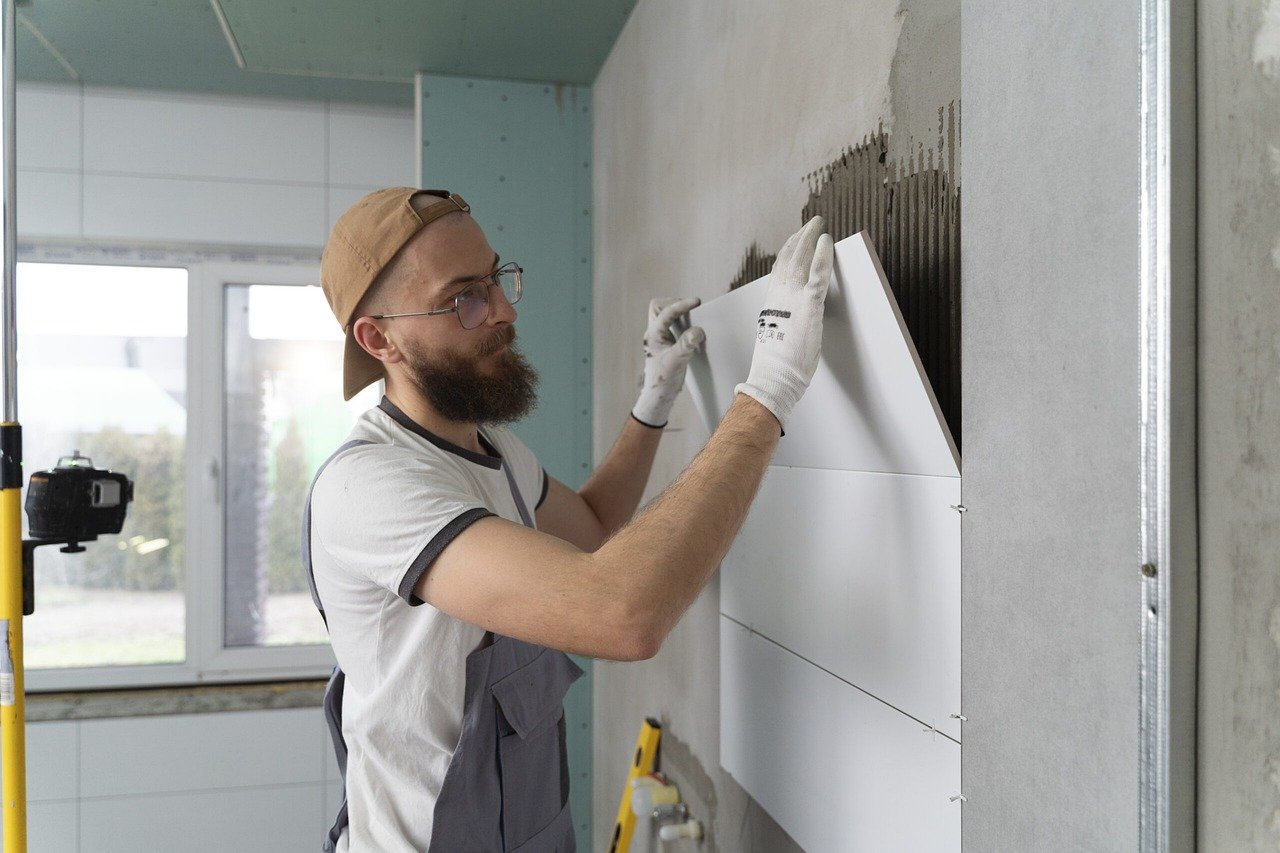
Understanding Home Safety Standards
When embarking on the journey of purchasing your first home, it's crucial to grasp the concept of home safety standards. These standards serve as the backbone of a secure living environment, ensuring that the home you choose not only meets your needs but also adheres to regulations that protect you and your loved ones. Think of it as the safety net that catches you if something goes wrong. Familiarizing yourself with local and national safety standards can empower you to make informed decisions and avoid properties that might harbor hidden dangers.
Home safety standards can vary significantly from one location to another, so it’s essential to do your homework. For instance, some regions have strict building codes that require homes to have specific safety features, such as smoke detectors, carbon monoxide detectors, and secure railings on staircases. These features are not just technicalities; they are designed to protect you from potential hazards. As a first-time buyer, you want to ensure that your future home is compliant with these standards, so you can sleep soundly knowing that your sanctuary is safe.
In addition to structural requirements, it’s also important to consider the environmental safety standards that apply to your prospective home. This includes checking for issues like lead paint, asbestos, and mold, which can pose significant health risks. Homes built before 1978 are particularly vulnerable to lead paint issues, and understanding the regulations surrounding its presence can save you from costly remediation later on. Engaging a qualified home inspector who is knowledgeable about these standards can be invaluable in this regard.
Moreover, there are several key elements that you should be aware of when evaluating a home’s compliance with safety standards:
- Building Codes: These are local regulations that dictate how homes must be constructed, including electrical wiring, plumbing, and structural integrity.
- Fire Safety Regulations: Ensure that the home has adequate fire safety measures, including smoke detectors, fire extinguishers, and escape routes.
- Health and Environmental Standards: Check for compliance with health codes, especially concerning hazardous materials like radon and asbestos.
In conclusion, understanding home safety standards is not merely an academic exercise; it’s a vital step in your home-buying journey. By arming yourself with knowledge about these standards, you can confidently navigate the property market, ensuring that your new home is not just a place to live but a safe haven for you and your family.
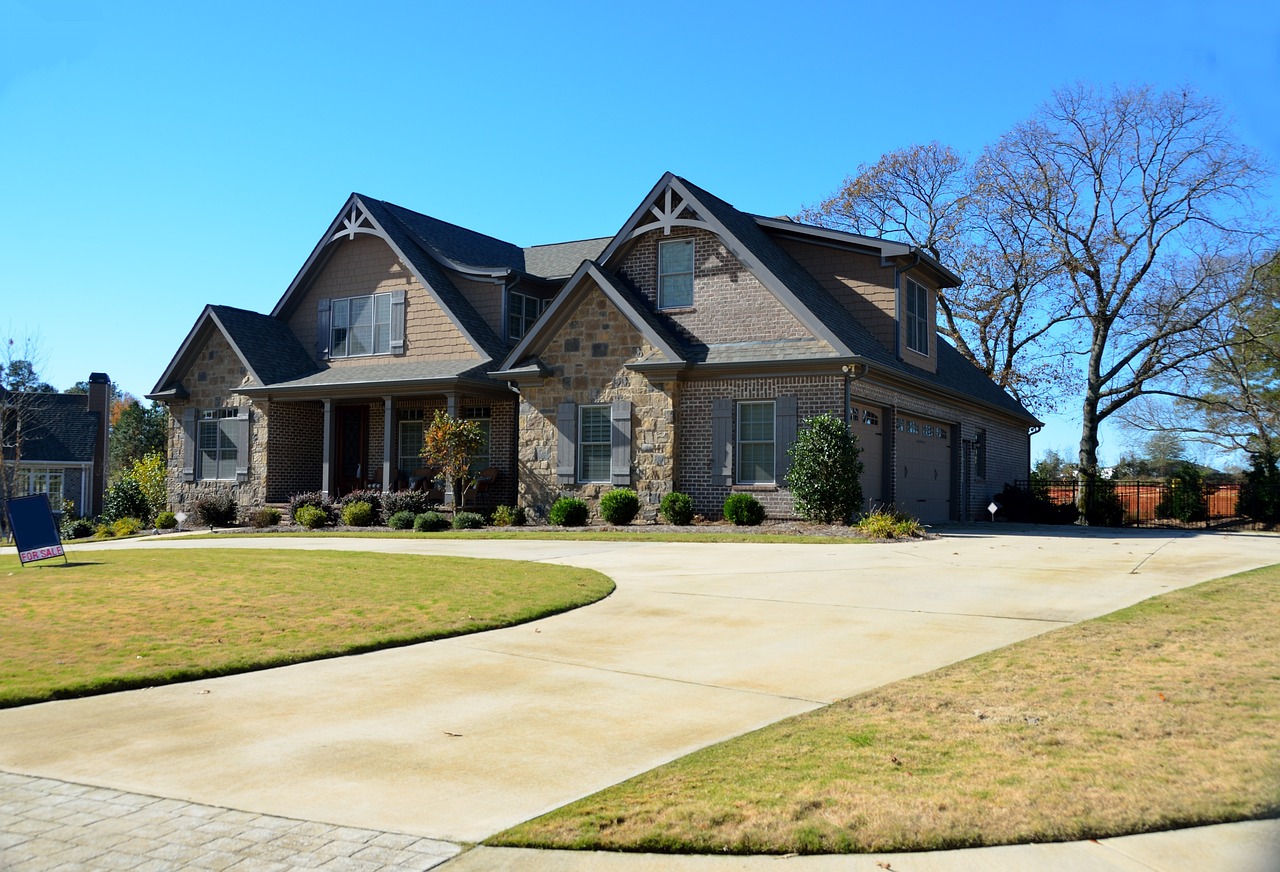
Evaluating Neighborhood Safety
When you're on the hunt for your first home, neighborhood safety can feel like the invisible hand guiding your decisions. You wouldn't want to invest in a property only to find out you're living in a less-than-safe area, right? So, how do you evaluate the safety of a neighborhood? It all starts with research and engagement. Think of it as a treasure hunt where every clue leads you closer to your dream home, but instead of gold, you're looking for peace of mind.
First off, researching crime statistics is an essential step. Most local law enforcement agencies publish crime data that can give you a snapshot of what to expect. This information can often be found on their websites or through community safety portals. By examining the types of crimes reported—whether they are property crimes like burglaries or violent incidents—you can gauge how safe the area really is. For instance, a neighborhood with a high rate of petty theft might be less concerning than one plagued by violent crimes. Remember, it’s all about context!
Next, let’s talk about utilizing online resources. There are various platforms out there, such as NeighborhoodScout and CrimeReports, that provide detailed crime maps and neighborhood reviews. These tools can help you visualize the safety landscape of your prospective neighborhood. You can even filter by specific types of crime, helping you to make informed decisions. Think of these resources as your safety compass, guiding you toward secure living environments.
However, don’t stop at the digital realm. Engaging with local residents can be incredibly enlightening. When you chat with neighbors, you can gather firsthand information about the community dynamics and safety. They can share their experiences, concerns, and even recommend local resources like neighborhood watch programs or community safety meetings. This personal touch can often reveal details that statistics can’t capture. It's like piecing together a puzzle where every resident adds a unique perspective, helping you see the full picture.
In summary, evaluating neighborhood safety is a multi-faceted process that combines research, online resources, and community engagement. By taking these steps, you not only protect your investment but also ensure that your new home is a place where you can feel secure and thrive. After all, a safe neighborhood is the foundation of a happy home!
- How can I find crime statistics for my desired neighborhood? You can access crime statistics through local law enforcement websites or community safety portals.
- Are there specific online resources for neighborhood safety? Yes, platforms like NeighborhoodScout and CrimeReports provide valuable insights into crime rates and neighborhood reviews.
- Why is talking to neighbors important? Engaging with local residents offers firsthand insights into community dynamics and safety that statistics may not reveal.
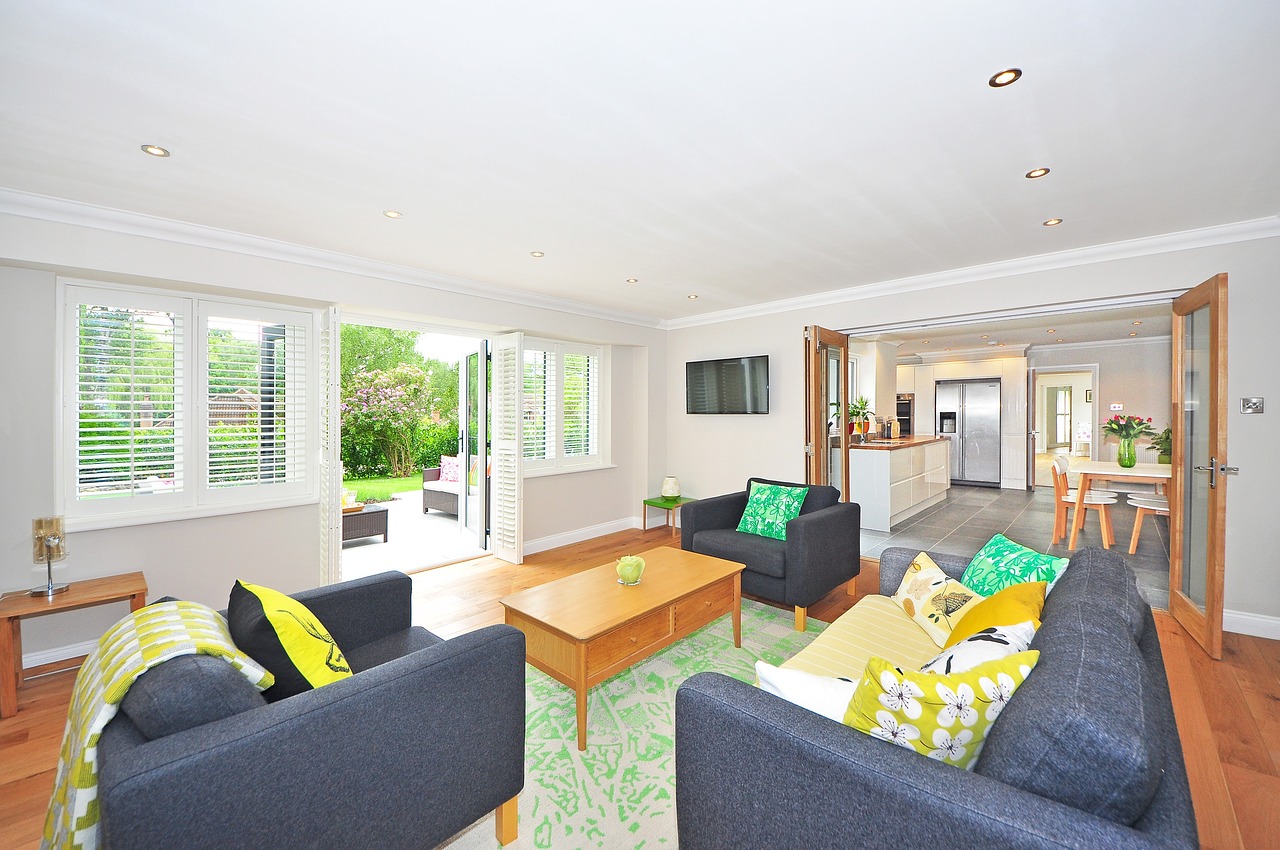
Researching Crime Statistics
When it comes to finding your dream home, one of the most important factors to consider is safety. After all, you want to feel secure in your new neighborhood, right? can provide you with valuable insights into the safety of an area, helping you make an informed decision about your future living environment. But where do you start? First, it's essential to understand that crime statistics can vary widely from one neighborhood to another, and even within different sections of the same area. So, diving into the data is crucial!
Many local police departments publish crime reports that include data on various offenses, such as theft, assault, and vandalism. These reports can often be found on their official websites. Additionally, there are numerous online platforms that aggregate crime data, giving you a broader view of the safety landscape. Websites like NeighborhoodScout or City-Data can be incredibly helpful. They often provide not just raw statistics but also visual representations like maps and charts that can make understanding the data easier.
However, don’t just stop at the numbers. Consider the context behind the statistics. For instance, a neighborhood might have a higher crime rate, but that could be due to a large student population or a transient workforce. It’s essential to look at trends over time—has crime been increasing, or is it on the decline? A neighborhood that was once considered unsafe might have seen significant improvements due to community efforts and increased policing.
Another critical aspect of researching crime statistics is understanding the different types of crime. Violent crimes (like assault and robbery) can have a different impact on your sense of safety than property crimes (like burglary and vandalism). Thus, it’s important to weigh these factors according to your personal comfort levels. For example, you might feel more at ease in a neighborhood with higher property crime but low violent crime rates.
To help you get started, here’s a quick guide on how to analyze crime statistics effectively:
- Check Local Resources: Start with the local police department's website for official crime statistics.
- Use Online Tools: Utilize platforms like NeighborhoodScout or City-Data for aggregated data and visual aids.
- Look for Trends: Analyze whether crime rates are increasing or decreasing over time.
- Understand Crime Types: Differentiate between violent and property crimes to gauge your comfort level.
Ultimately, researching crime statistics is just one piece of the puzzle when it comes to evaluating a neighborhood. Pair this data with your personal experiences and interactions with locals to get a well-rounded view of the community. Remember, your home is not just a building; it's a part of a larger environment that should feel safe and welcoming!

Utilizing Online Resources
In today's digital age, the internet is a treasure trove of information, especially when it comes to real estate and home safety. For first-time home buyers, utilizing online resources can be a game changer in making informed decisions. Imagine having the power to access a wealth of data from the comfort of your couch—sounds appealing, right? With just a few clicks, you can dive into a pool of knowledge that helps you evaluate neighborhoods, check crime statistics, and even assess property safety standards.
One of the best places to start is with websites that specialize in real estate and community reviews. Websites like Realtor.com, Zillow, and Trulia not only list homes for sale but also provide valuable insights into the neighborhoods where these homes are located. They often include user-generated reviews, which can give you a sense of what it's like to live in a particular area. You can find information about local schools, parks, and even the vibe of the community. This can help you gauge whether a neighborhood aligns with your lifestyle and values.
Moreover, many local police departments offer online access to crime statistics, which can be invaluable for first-time buyers concerned about safety. By visiting these sites, you can view crime maps that highlight areas with higher incidents of crime. This data can help you make a more informed decision about where to live. For example, if you notice a neighborhood has a high rate of property crimes, you might want to think twice before making an offer on a house there.
In addition to crime statistics, there are specialized websites dedicated to neighborhood safety. Platforms like NeighborhoodScout and CrimeReports provide detailed information on crime rates, trends, and even safety ratings for different areas. By utilizing these resources, you can compare multiple neighborhoods and find one that feels secure for you and your family.
Don't forget about social media! Engaging with local community groups on platforms like Facebook or Nextdoor can provide real-time insights from residents. You can ask questions, seek recommendations, and even hear about safety concerns directly from those who live in the area. It’s like having a personal guide to the neighborhood, which can be incredibly helpful when you’re trying to get a feel for a place.
Lastly, consider using online forums and blogs focused on real estate. Websites like Reddit have dedicated threads where users share their experiences and advice on home buying. Engaging in these communities can help you gather tips and tricks that you might not find in traditional home-buying guides. Remember, knowledge is power, and the more information you have, the better equipped you’ll be to make a safe and sound investment in your future home.
- What online resources are best for checking neighborhood safety? Websites like NeighborhoodScout and CrimeReports are excellent for crime statistics and safety ratings.
- How can I engage with local residents online? Social media platforms like Facebook and Nextdoor have community groups where you can interact with locals.
- Are there specific real estate websites that provide neighborhood insights? Yes, sites like Realtor.com, Zillow, and Trulia offer neighborhood reviews and information on local amenities.

Engaging with Local Residents
When it comes to finding the perfect home, one of the most valuable resources you have at your disposal is the community itself. Engaging with local residents can provide you with a wealth of information that goes beyond what you might find online. Think of it as tapping into the neighborhood’s heartbeat—residents know the ins and outs, the highs and lows, and the little quirks that make living in the area unique. So, how can you effectively engage with them?
First off, consider visiting local coffee shops, parks, or community events. These places are often bustling with neighbors who are more than willing to share their experiences and insights. Strike up a conversation; you might be surprised at how open people are to discussing their neighborhood. Ask them questions like:
- What do you love most about living here?
- Are there any safety concerns you think newcomers should know about?
- How is the community involved in local events?
Another effective way to engage is through social media platforms and neighborhood apps. Websites like Nextdoor or Facebook groups dedicated to your potential area can serve as a virtual meeting ground. Here, you can observe conversations, ask questions, and even get recommendations for local services. It's like peering through a window into the community's daily life, allowing you to gauge the overall vibe of the neighborhood.
Moreover, don’t underestimate the power of local real estate agents. They often have a finger on the pulse of the community and can provide insights that you may not find elsewhere. By asking them about residents' perspectives, you can better understand the community dynamics, including any ongoing issues or upcoming developments that might affect your living experience.
Lastly, if you’re really committed to making an informed decision, consider attending neighborhood association meetings. These gatherings are a goldmine for understanding community safety initiatives, local projects, and resident concerns. Plus, it’s a fantastic way to meet your potential neighbors face-to-face, allowing you to build relationships even before you make the move.
In summary, engaging with local residents is not merely a checkbox on your home-buying checklist; it's an essential part of the process. By immersing yourself in the community and actively seeking out conversations, you can gain invaluable insights that will help you make a more informed and confident decision about your future home.
- How can I find local residents to talk to? Start by visiting local hangouts like coffee shops, parks, or community events. You can also join neighborhood groups on social media platforms.
- What should I ask local residents? Inquire about their experiences living in the area, any safety concerns, and what they love most about their neighborhood.
- Are neighborhood association meetings open to newcomers? Yes, most neighborhood association meetings welcome newcomers and provide a great opportunity to learn about community dynamics.

Assessing Home Security Features
When it comes to buying your first home, ensuring safety is paramount, and one of the most critical aspects is the security features of the property. Think of it as the armor that protects your castle. Before you make a purchase, you should take a closer look at the various security elements in place. Are the locks sturdy enough? Do the windows have adequate protection? These are just a few questions that can guide your assessment.
Start with the entry points of the home. Examine the front door and any back doors. Look for solid core doors rather than hollow ones, as these provide better resistance against forced entry. Additionally, check the quality of the locks. Deadbolts are a must—they are significantly more secure than standard doorknob locks. If the home has sliding glass doors, ensure they have a secondary locking mechanism, such as a security bar or pin, to prevent easy access.
Next, consider the windows. Are they equipped with locks? Are they double-paned or tempered glass? Double-paned windows not only offer better insulation but also make it harder for intruders to break in. Don’t forget to check for window screens that can be easily removed from the outside; they should be secure and not a point of vulnerability.
Another essential feature to assess is the presence of a security system. Many homes come equipped with alarm systems, but it’s crucial to determine whether they are functional and up to date. Ask the current homeowners about their system—does it include motion detectors, door/window sensors, and surveillance cameras? A home with a well-installed security system acts as a deterrent to potential burglars, providing you with peace of mind.
Additionally, outdoor lighting plays a vital role in home security. Well-lit exteriors can discourage intruders, so check for motion-sensor lights around entry points and along pathways. These lights not only illuminate the area but also alert you to any movement outside your home. If the property lacks sufficient lighting, consider the cost of installing these features as part of your overall budget.
Lastly, it’s wise to evaluate the neighborhood watch or community safety programs. Engaging with your future neighbors can provide insights into how proactive the community is about safety. A neighborhood that actively participates in safety initiatives can enhance your sense of security and foster a supportive environment.
In summary, assessing home security features is not just about checking boxes; it's about ensuring that your future home will be a safe haven. By paying attention to doors, windows, security systems, outdoor lighting, and community involvement, you can make an informed decision that prioritizes your safety and well-being.
- What are the most important security features to look for in a home? Look for sturdy doors and locks, functional security systems, and good outdoor lighting.
- How can I improve the security of a home after purchase? Consider upgrading locks, installing a security system, and enhancing outdoor lighting.
- Is it worth investing in a home security system? Yes, a security system can deter burglars and provide peace of mind.
- What role does the neighborhood play in home security? A safe and engaged community can significantly enhance your home's security.
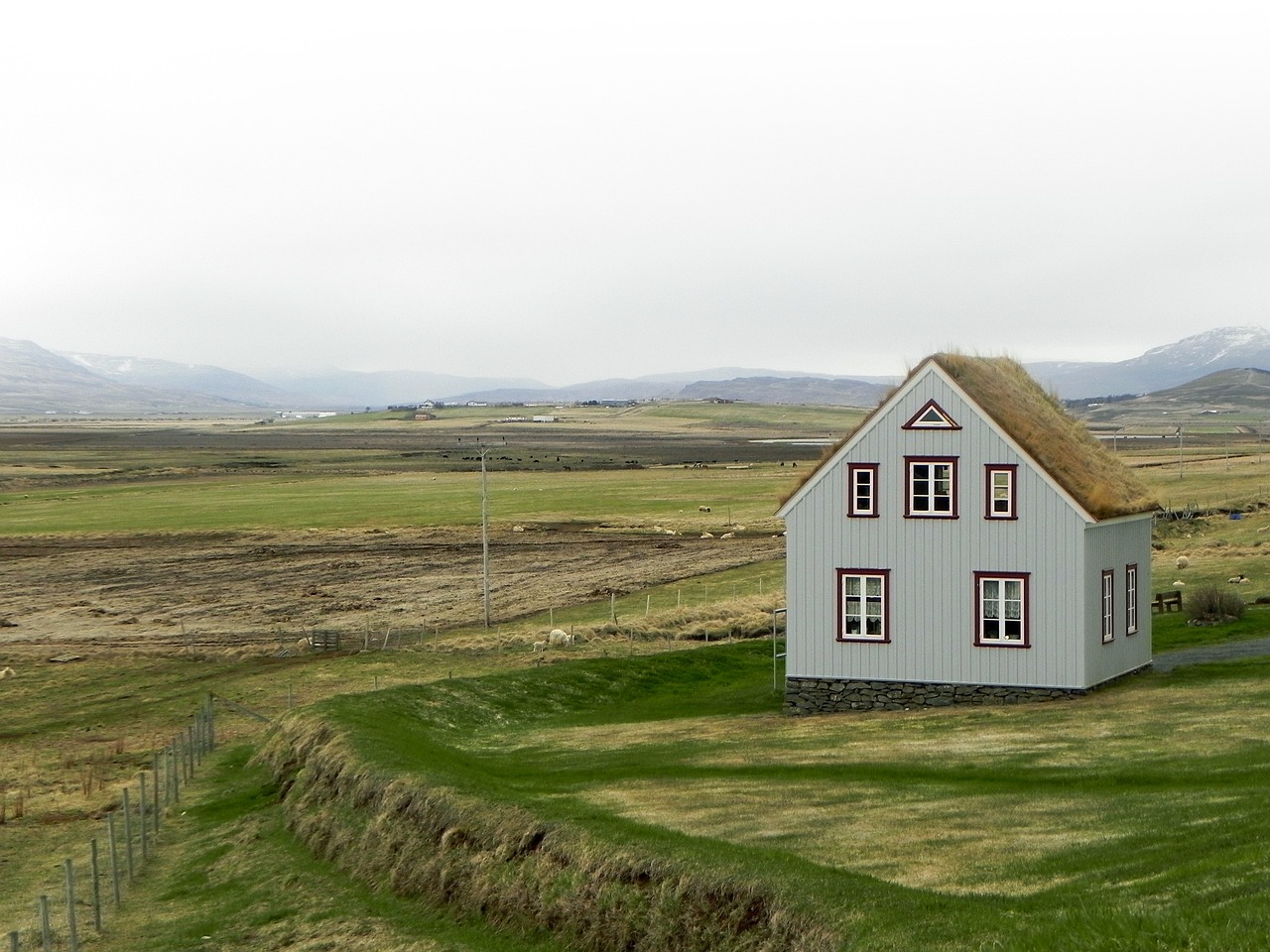
Conducting a Thorough Home Inspection
When it comes to buying a home, conducting a thorough inspection is not just a good idea; it’s an absolute necessity! Think of a home inspection as your safety net, ensuring that you don’t leap into a purchase that could turn into a financial black hole. A qualified inspector can reveal hidden issues that could pose serious risks or lead to expensive repairs down the line. So, what should you really be looking for during this critical phase?
First off, it’s essential to hire a qualified home inspector. This professional will have the expertise to assess various aspects of the home, from the foundation to the roof. You wouldn’t trust just anyone to perform surgery, right? The same principle applies here. Look for inspectors who are certified and have good reviews. A little research can save you a lot of headaches later!
Now, let’s dive into some of the key areas that should be thoroughly examined during the inspection:
- Structural Integrity: This is the backbone of the house! Inspectors will look for cracks in the foundation, sagging beams, and any signs of water damage. A solid structure is crucial for your safety and comfort.
- Roof Condition: A roof is like a hat for your house; it needs to be in good shape to protect everything underneath. Inspectors will check for missing shingles, leaks, and the overall age of the roof.
- Electrical Systems: Faulty wiring can be a fire hazard. An inspector will check the electrical panel, outlets, and overall wiring to ensure everything is up to code.
- Plumbing: Leaky pipes can lead to mold and structural damage. Inspectors will look for signs of leaks, water pressure issues, and the condition of the water heater.
While these are some of the major areas to focus on, remember that a home inspection is a comprehensive process. The inspector will provide you with a detailed report, highlighting any issues found and offering recommendations for repairs. This report is invaluable for negotiating repairs with the seller or deciding whether to walk away from the deal altogether.
Additionally, it’s wise to attend the inspection yourself. This gives you a firsthand look at the property and allows you to ask questions directly to the inspector. Think of it as a guided tour of your potential new home, where you can learn about its quirks and features—like its strengths and weaknesses!
In conclusion, conducting a thorough home inspection is a critical step in the home-buying process. It’s your opportunity to uncover any hidden problems and ensure that your future home is safe and sound. So, don’t skip this step! It could mean the difference between a dream home and a nightmare on your hands.
Q: How long does a home inspection take?
A: Typically, a home inspection can take anywhere from 2 to 4 hours, depending on the size and condition of the property.
Q: Can I attend the home inspection?
A: Absolutely! In fact, it’s highly recommended that you attend so you can ask questions and gain insights directly from the inspector.
Q: What if the inspection reveals issues?
A: If issues are found, you can negotiate with the seller for repairs or a price reduction, or you may choose to walk away from the deal if the problems are too significant.
Q: How much does a home inspection cost?
A: The cost of a home inspection can vary widely, typically ranging from $300 to $500, depending on the location and size of the home.
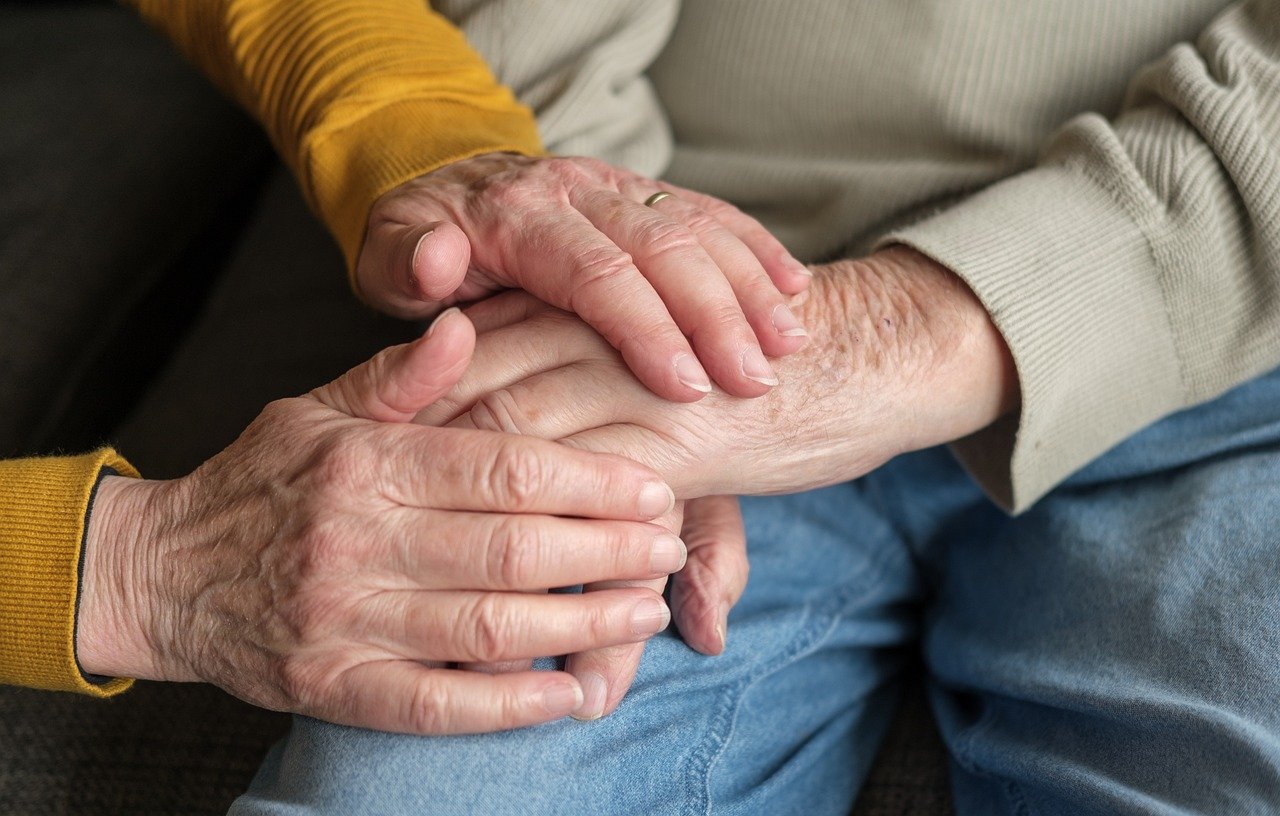
Identifying Structural Concerns
When it comes to buying your first home, one of the most crucial aspects to consider is the structural integrity of the property. You wouldn’t want to invest your hard-earned money into a house that could potentially crumble like a house of cards, right? Understanding how to identify structural concerns can save you from future headaches and financial burdens. So, what should you look for?
First off, foundation issues are a red flag that should never be ignored. Cracks in the foundation can indicate serious problems, like shifting soil or water damage. If you notice any visible cracks, it’s wise to have a professional assess the situation. A simple crack might seem benign, but it could lead to significant structural instability over time.
Another area to keep an eye on is the roof. A roof in poor condition can lead to leaks and water damage, which can compromise the entire structure of the home. Look for missing shingles, sagging areas, or signs of water stains on the ceiling. If the roof looks like it could use a little TLC, it’s best to factor in the cost of repairs into your budget.
Additionally, pay attention to the walls of the home. Look for signs of bowing or bulging, which can indicate underlying issues with the framing. If the walls are not straight, it could mean that the house has settled unevenly, leading to complications down the line. A well-aligned wall is not just a matter of aesthetics; it’s essential for the overall safety of the home.
Don’t forget to check the windows and doors as well. If they stick or don’t close properly, it could signal a shift in the structure. Properly functioning windows and doors are not only important for security but also for energy efficiency. If you find that they are warped or misaligned, it might be time to call in an expert.
Finally, it’s a good idea to conduct a thorough inspection of the basement or crawl space. Look for signs of moisture, mold, or pest infestations. A damp basement can lead to serious problems, including mold growth and wood rot, which can compromise the structural integrity of the home. If you find any of these issues, it’s crucial to address them before making a purchase.
In summary, identifying structural concerns requires a keen eye and a bit of knowledge. By being vigilant and thorough in your inspection, you can ensure that your first home is not just a dream come true but also a safe and sound investment. Remember, it’s always better to be safe than sorry when it comes to your future home!
- What are the signs of a foundation problem? Look for cracks in the walls or floors, doors that stick, and uneven floors.
- How can I tell if a roof needs repair? Check for missing shingles, sagging areas, and water stains inside the house.
- Why is it important to inspect the basement? A damp basement can lead to mold and structural issues, making it crucial to assess its condition.
- Should I hire a professional inspector? Yes, hiring a qualified inspector can help uncover hidden issues that you might miss.

Checking for Hazardous Materials
When you're on the hunt for your dream home, it’s easy to get caught up in the excitement of picking paint colors and planning your garden. However, one crucial aspect that should never be overlooked is the presence of hazardous materials. These materials can pose serious health risks and can lead to significant costs down the line. So, what should you be on the lookout for?
First and foremost, lead paint is a major concern, especially in homes built before 1978 when regulations changed. Lead exposure can have severe health effects, particularly for children. During your home inspection, make sure to inquire if the home has been tested for lead paint. If it hasn't, you may want to consider having a professional assessment done.
Another hazardous material to watch out for is asbestos. Commonly used in building materials for insulation and fireproofing, asbestos can be extremely dangerous when disturbed. If you suspect that the home has materials containing asbestos, such as old tiles or insulation, it’s essential to have a certified professional evaluate the situation. Removing asbestos is a job for the experts and can be quite costly, so it’s better to know what you’re dealing with upfront.
In addition to lead and asbestos, you should also be aware of mold. Mold thrives in damp conditions and can lead to serious health issues, including respiratory problems. During your inspection, look for signs of water damage, such as stains on walls or ceilings, and ask about the home’s history with moisture issues. If mold is found, it’s crucial to address it immediately, as it can quickly escalate into a larger problem.
Lastly, consider the presence of radon, a naturally occurring gas that can seep into homes from the ground. Radon is colorless and odorless, making it particularly insidious. Testing for radon is relatively simple and inexpensive, so don’t skip this step. If high levels are detected, mitigation systems can be installed to reduce radon levels in the home.
To summarize, here are the key hazardous materials to check for during your home inspection:
- Lead Paint
- Asbestos
- Mold
- Radon
By being vigilant and proactive about checking for these hazardous materials, you can ensure that your new home is not only a place of comfort but also a safe haven for you and your loved ones. Remember, the more informed you are, the better decisions you can make, paving the way for a smoother home-buying experience.
Q: What should I do if I find lead paint in my potential new home?
A: If lead paint is discovered, it’s important to have it professionally removed or encapsulated to ensure safety, especially if children will be living in the home.
Q: How can I tell if there is asbestos in a home?
A: The only way to confirm the presence of asbestos is through testing. If the home was built before the 1980s, it’s wise to have a professional check for asbestos-containing materials.
Q: Is mold always a sign of a serious issue?
A: While mold can indicate moisture problems, not all mold is hazardous. However, it’s best to address any mold growth promptly to prevent health risks.
Q: How do I test for radon?
A: You can purchase a radon testing kit online or hire a professional to conduct the test. If radon levels are high, mitigation options are available to reduce exposure.
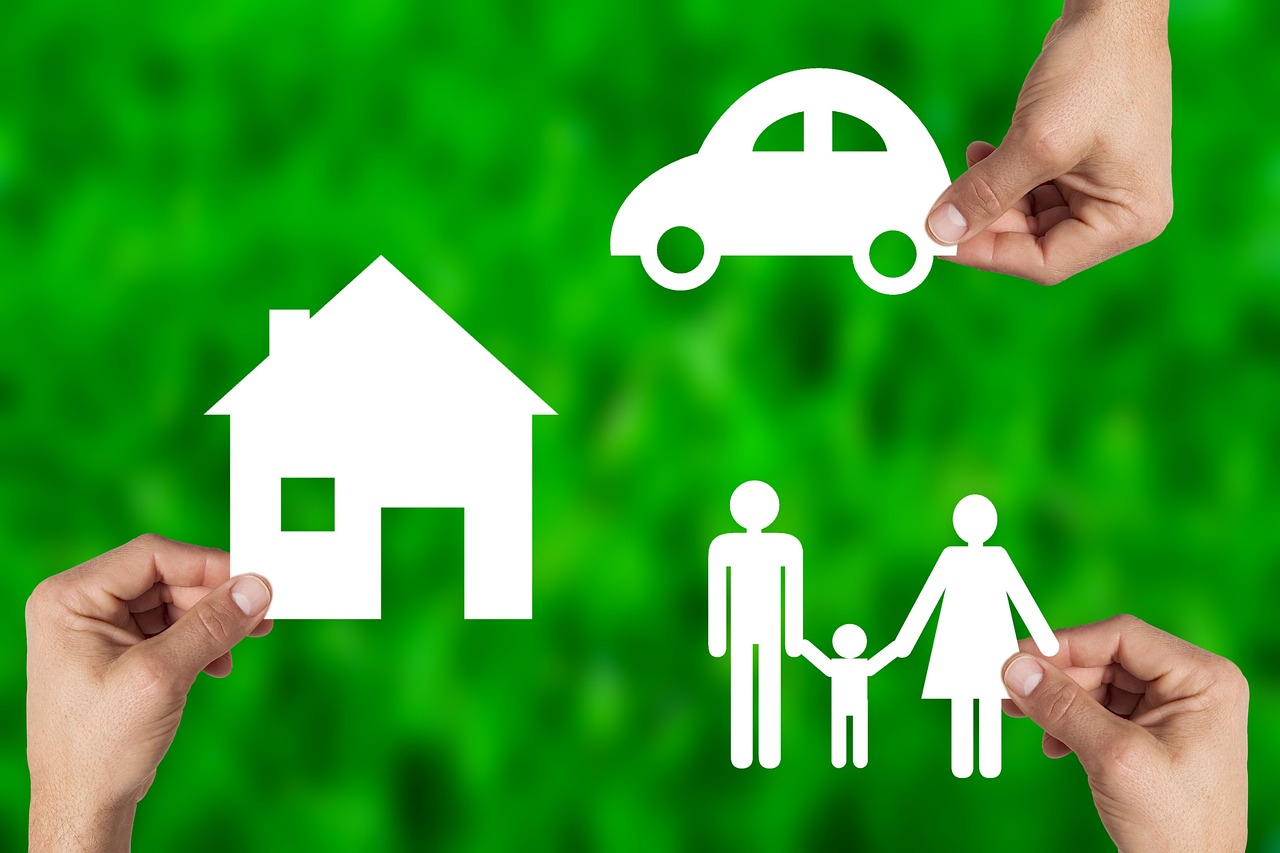
Understanding Insurance Options
When it comes to purchasing your first home, understanding insurance options is like having a safety net beneath you as you take that leap into homeownership. It's essential to know that homeowners insurance is not just a formality; it's a crucial shield against unforeseen events that could potentially wreak havoc on your finances and peace of mind. Imagine waking up one day to find your roof has sprung a leak or, worse, a fire has damaged your beloved abode. Without the right insurance, you could be left holding the bag—literally!
Homeowners insurance typically covers several key areas, ensuring that you're not left vulnerable. Here's a quick breakdown of what you can generally expect:
| Coverage Type | Description |
|---|---|
| Dwelling Coverage | Covers the structure of your home and any attached structures, like a garage. |
| Personal Property Coverage | Protects your belongings, such as furniture and electronics, against theft or damage. |
| Liability Coverage | Provides protection if someone is injured on your property and decides to sue. |
| Additional Living Expenses | Covers costs related to temporary housing if your home becomes uninhabitable due to a covered event. |
Now, while homeowners insurance is a must-have, it’s also essential to understand that not all policies are created equal. Some might offer more extensive coverage than others, so it’s wise to shop around and compare policies. Think of it like trying on a pair of shoes; you wouldn’t buy the first pair you see without checking for comfort and fit, right?
Additionally, consider the deductible—the amount you’ll need to pay out of pocket before your insurance kicks in. A higher deductible can lower your premium, but it also means more financial responsibility in the event of a claim. Finding the right balance is key!
Another aspect to consider is whether you need additional coverage for specific situations, such as flood or earthquake insurance. Depending on where you live, these risks can be significant. For instance, if your dream home is near the coast, flood insurance might be a smart addition to your policy. It’s like adding an extra layer of protection to your safety net.
In conclusion, understanding your insurance options is not just about ticking a box; it’s about ensuring that you have the right protection in place to safeguard your investment and your peace of mind. So, as you embark on your home-buying journey, take the time to educate yourself on the various insurance policies available. It’s an investment in your future that you won’t regret!
- What is homeowners insurance? Homeowners insurance is a type of property insurance that covers losses and damages to an individual's house and assets in the home.
- Is homeowners insurance required? While it's not legally required, most lenders will require you to have insurance before they approve a mortgage.
- What does homeowners insurance typically cover? It typically covers dwelling, personal property, liability, and additional living expenses.
- Can I customize my homeowners insurance policy? Yes! Most insurers allow you to customize your policy to better suit your needs.
Frequently Asked Questions
- What are the key safety features to look for in a home?
When you're on the hunt for a new home, it’s crucial to check for essential safety features. Look for sturdy locks on doors and windows, a reliable security system, and smoke detectors. These elements can provide peace of mind and protect you and your loved ones from potential threats.
- How can I assess the safety of a neighborhood?
Assessing neighborhood safety involves a few steps. Start by researching crime statistics online. Websites like local police department pages can offer valuable insights. Additionally, engage with local residents to get a feel for the community—sometimes, firsthand accounts can reveal more than statistics alone!
- Why is a home inspection important?
A home inspection is like a health check-up for your potential new home. It helps identify any hidden issues, such as structural problems or hazardous materials like asbestos. Hiring a qualified inspector can save you from costly repairs down the line and ensure your new home is safe and sound.
- What should I know about homeowners insurance?
Homeowners insurance is your safety net against unforeseen events, like natural disasters or theft. It typically covers the structure of your home, personal belongings, and liability protection. Understanding your options can help you choose the right policy to fit your needs and budget.
- How can I find reliable online resources for crime data?
There are several reputable online platforms where you can access crime data, such as NeighborhoodScout, SpotCrime, and local government websites. These resources can provide you with a clear picture of the safety of a neighborhood, helping you make an informed decision about your future home.
- What are some common structural concerns to look for during an inspection?
During a home inspection, pay close attention to the foundation, roof, and walls. Look for cracks, leaks, or signs of water damage. These issues can indicate serious problems that may require expensive repairs. Catching them early can save you a lot of headaches later!
- How can I engage with local residents to learn about neighborhood safety?
Engaging with local residents can be as simple as striking up a conversation when you’re out and about. Attend community events or visit local cafes to chat with neighbors. They can provide invaluable insights about the area’s safety and overall vibe, giving you a better understanding of what to expect.








